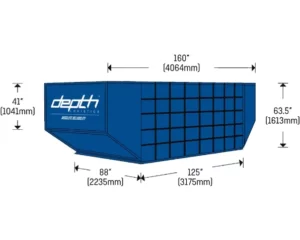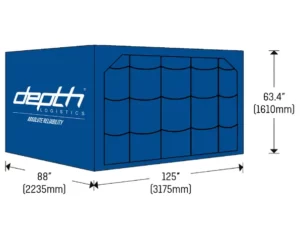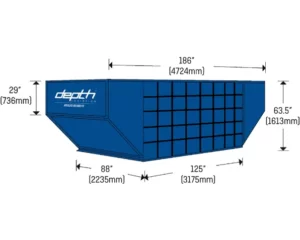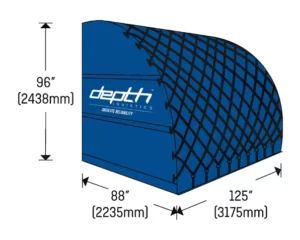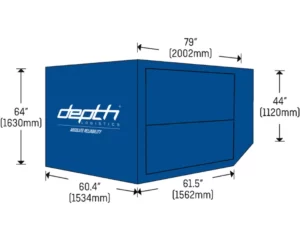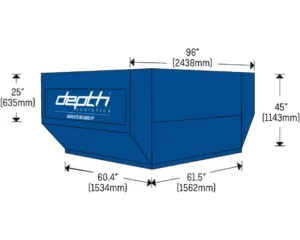Air Cargo Container Specifications
This air cargo container specification information provides guidance on the main types of equipment used by airlines internationally.
Notes for Unit Load Devices (ULDs)
Approved structural ULD weight only. Max gross weight may vary depending on aircraft type and position loaded in cargo hold
Actual Tare weights may vary due to manufacturer
Code dependant on contour and weight
Please confirm contour and loading specifications at time of booking
The International Air Transport Association (IATA) is responsible for publishing regulations around the use of Unit Load Devices. They can also be referred to as a cargo pallet or a PMC pallet.
Every ULD should be inspected before use to determine if any damage has occurred which would render the ULD unserviceable.
Baggage and cargo should be loaded evenly, paying attention to maintaining the centre of gravity of the load within 10% of the centre of the base.
After completing the load the door of the container must be able to be securely closed.
No certified ULD may be used for flights unless its manufacturer’s plate (also known as TSO plate) is attached and legible. This plate is required by the rules of the certifying authorities (eg FAA, EASA etc) and is a legal requirement.
Container doors shall always be securely closed or secured in an open position.

